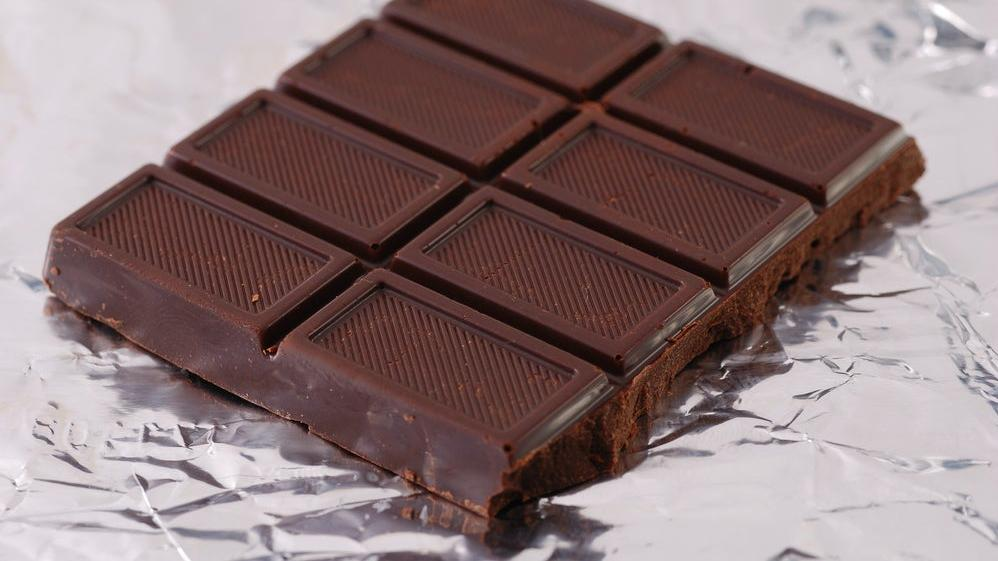Your Favorite Dark Chocolate Probably Contains Lead And Cadmium
Are these heavy metals anything to worry about, or can we eat our sweets regardless?
The holiday season always encourages consumption of sweets: candy canes, cookies, and chocolates galore. But apparently, there's a dark side to dark chocolate: a recent test by Consumer Reports of 28 dark chocolate bars found lead and cadmium, two dangerous heavy metals, in every single one of them.
According to the report, Ghirardelli, Mast, Taza, and Valrhona had the lowest levels of both metals. Popular brands like Tony's, Lily's, and Godiva were among the highest in lead, while Lindt and Dove were among the highest in cadmium. Meanwhile, Theo, Trader Joe's, and Green & Black's were among the highest in both lead and cadmium. Both of these metals, when found in high enough concentrations in the human body, are linked to birth defects and cancer. A bit of a twist for sure, considering many of these chocolate brands advertise themselves with healthy-sounding buzzwords like "organic" and "fair trade."
Heavy metals and dark chocolate
When it comes to our health, dark chocolate is a bit of a double-edged sword. Cacao beans contain beneficial antioxidants, and the higher cacao content of dark chocolate means the dark stuff has more of those antioxidants than its more processed, sugar-laden cousin, milk chocolate. However, because the soil in which cacao beans are grown contains lead and cadmium, dark chocolate also contains higher levels of those heavy metals.
It doesn't mean the products are being pulled from the market—lead warnings on candy are nothing new. Earlier this year, we found one on a bag of green-tea-flavored Hello Kitty marshmallows. (In that case, the potential issue was the green tea powder, which carries the same lead risk as cacao.) As it turns out, lead warnings have actually been around since the days of hair metal and shoulder pads. Proposition 65 became law in California way back in 1986, warning customers that chemicals or metals in consumer products may cause cancer or birth defects.
You've surely seen the labels on everything from DVDs to sunscreen; in fact, the labels have become so pervasive that their impact may actually be undermined. The Los Angeles Times reported in 2020 that many consumers believed the warnings were akin to the boy who cried wolf. A soapmaker told the paper, "I think the original intent was very positive. But political forces became involved to make Proposition 65 overwhelming, overreaching, overdone and overblown."
Is it safe to eat dark chocolate or what?
So, should we be extra cautious about our chocolate consumption? Yes and no. The Consumer Reports test used California's maximum allowable dose level (MADL) as a guideline, then measured whether the levels of cadmium and lead in each chocolate bar was above or below that threshold—which isn't the same as determining whether the chocolate poses immediate danger to the consumer.
A toxicologist explained to NPR that California's MADLs for these heavy metals are purposely set very, very low, "and going above them by a modest amount isn't something to be concerned about."
"If you make sure that the rest of your diet is good and sufficient in calcium and iron, you protect yourself even more by preventing absorption of some lead and cadmium in your diet," he added.
So go ahead and enjoy some dark chocolate this holiday season. Just have a side of spinach ready to go with it.
